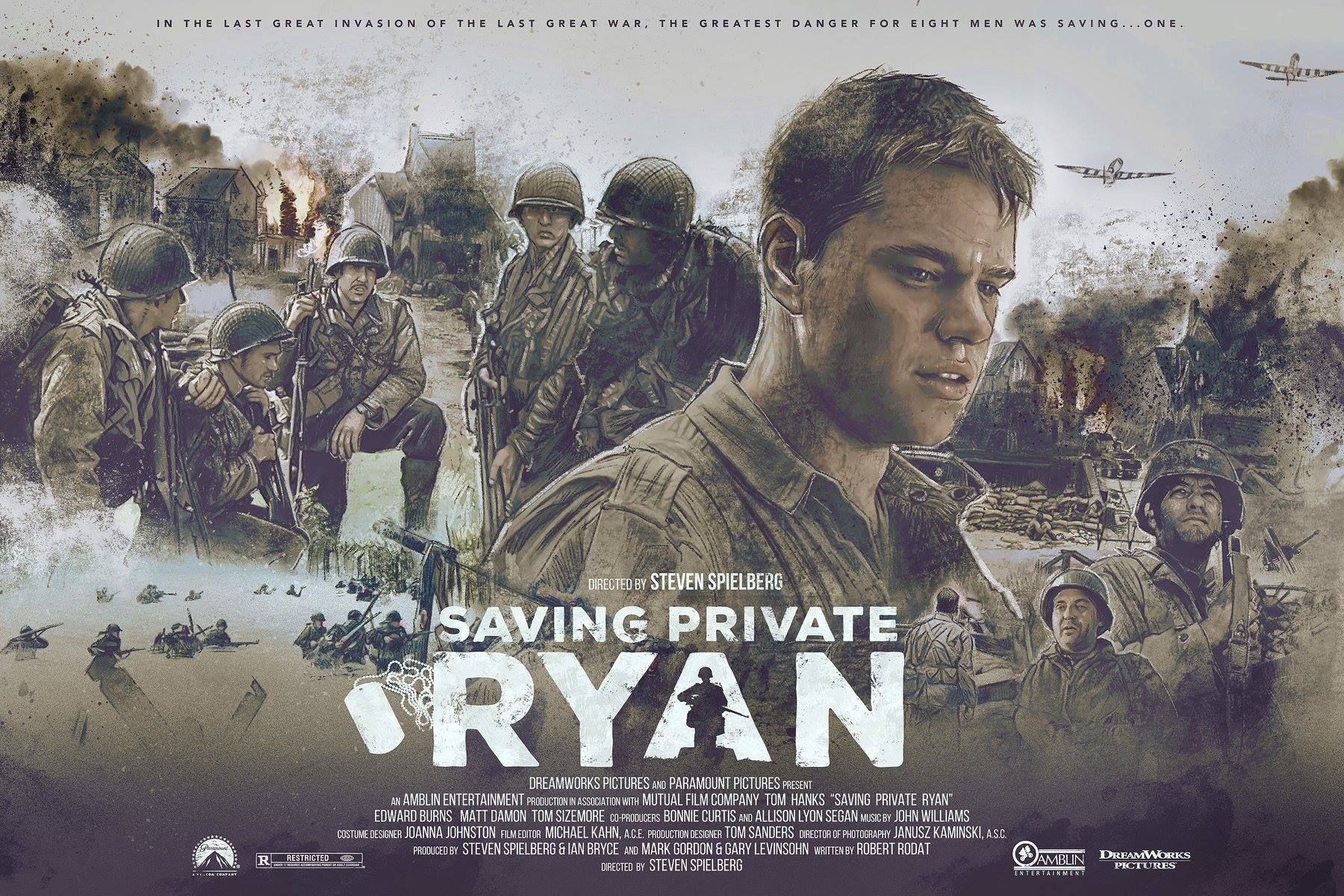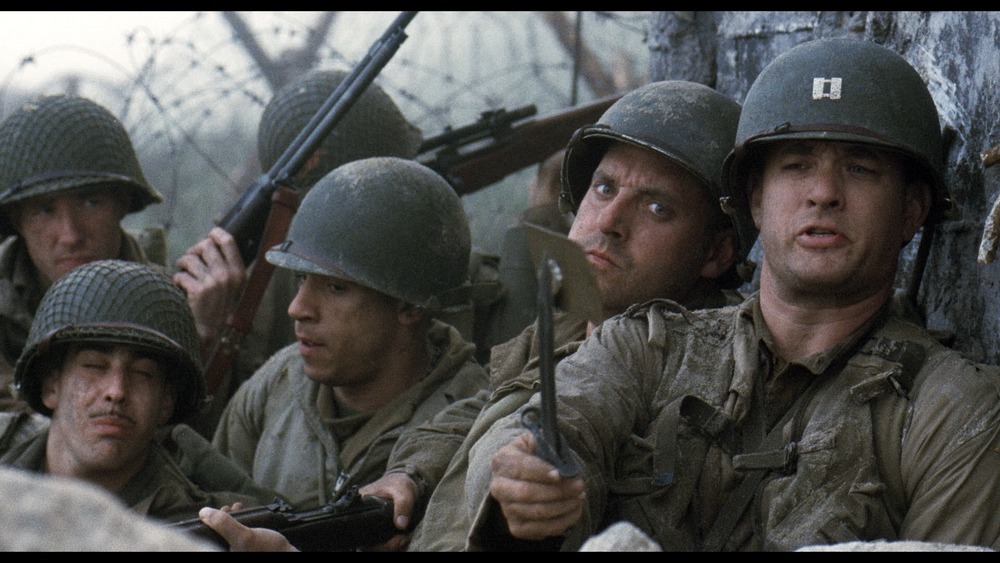Saving Private Ryan (1998): A Cinematic Masterpiece of War

“Saving Private Ryan,” directed by Steven Spielberg, stands as one of the most influential and respected war films ever made. Released in 1998, the movie not only captivated audiences worldwide but also redefined the genre with its unflinching portrayal of the brutal realities of World War II.
Plot Overview
Set during the D-Day invasion of Normandy in 1944, the film opens with an intense and graphic depiction of the landing on Omaha Beach. This opening sequence, lasting about 27 minutes, is often cited as one of the most realistic and harrowing battle scenes in cinematic history. It sets the tone for the movie, immersing the audience in the chaos, fear, and violence of war.
The story follows Captain John H. Miller (Tom Hanks) and his squad as they are given a unique and morally complex mission: to find and safely bring back Private James Francis Ryan (Matt Damon), a paratrooper whose three brothers have been killed in action. The mission is ordered to spare Ryan’s mother from the devastating loss of all her sons. As Miller and his team journey through war-torn France, they face not only physical dangers but also profound ethical questions about the cost of war and the value of a single life.
Realism and Impact
“Saving Private Ryan” is lauded for its commitment to realism. Spielberg’s decision to depict the D-Day landings with such visceral intensity was a deliberate effort to honor the experiences of those who fought in the war. The use of handheld cameras, desaturated color palette, and authentic sound design contributes to the film’s immersive and almost documentary-like feel.
The cast, which includes notable performances by Tom Hanks, Matt Damon, Tom Sizemore, Edward Burns, Barry Pepper, and Giovanni Ribisi, underwent rigorous military training to accurately portray soldiers. This commitment to authenticity helped to convey the camaraderie, fear, and resolve of soldiers facing the horrors of war.
Themes and Messages
At its core, “Saving Private Ryan” is a meditation on sacrifice, duty, and the human cost of war. The film explores the moral complexities of its central mission, questioning whether it is justifiable to risk the lives of many to save one. The soldiers, including Captain Miller, grapple with the orders they are given, and their internal conflicts add depth to the narrative.
The movie also delves into the theme of survival guilt and the randomness of death in war. Spielberg does not shy away from showing the brutal consequences of battle, highlighting the thin line between life and death on the battlefield.
Legacy and Recognition
“Saving Private Ryan” was both a commercial and critical success, grossing over $481 million worldwide. It received 11 Academy Award nominations and won five, including Best Director for Spielberg. The film’s impact extends beyond its awards; it has influenced countless war films and is frequently used as an educational tool to teach about the realities of World War II.
The film’s legacy is enduring, with its intense portrayal of combat and deep exploration of its themes resonating with audiences decades after its release. It remains a powerful reminder of the sacrifices made during war and the enduring human spirit in the face of unimaginable adversity.
Conclusion

“Saving Private Ryan” is more than just a war movie; it is a profound and moving exploration of the human condition under extreme circumstances. Steven Spielberg’s masterful direction, combined with outstanding performances and groundbreaking technical achievements, make it a timeless classic that continues to be revered as one of the greatest films of all time.











